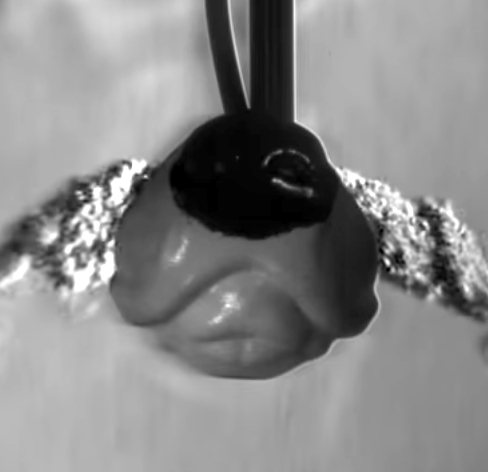Dogs sniff for better detectors
 Engineers have taken tips from nature to inform new sensor designs.
Engineers have taken tips from nature to inform new sensor designs.
Researchers in the US 3D-printed a model of a dog's nose to test the aerodynamics of its sniffing.
They found that when the fake nose exhaled, the air leaving it helped draw in air from the front of the nose.
In flow visualisation experiments, the authors found that during the expiratory phase of sniffing, air jets leaving the nose draw vapour-laden air from in front of the nose towards the nostrils, which allowed odorant detection to increase by a factor of 18 when the nose “sniffed” compared to continuously inhaling air.
Based on their findings, the team designed a custom inlet for a commercially available vapour detection system that mimics the same aerodynamic principles used by dogs.
They found that, compared to continuously drawing in air (the normal operating mode for the device), sniffing produced a 16-fold improvement in the detection of TNT vapours.
The authors suggest that the lessons learned from dogs may inform the next generation of vapour samplers for use in the detection of explosives and narcotics.
The full study is accessible here.








 Print
Print